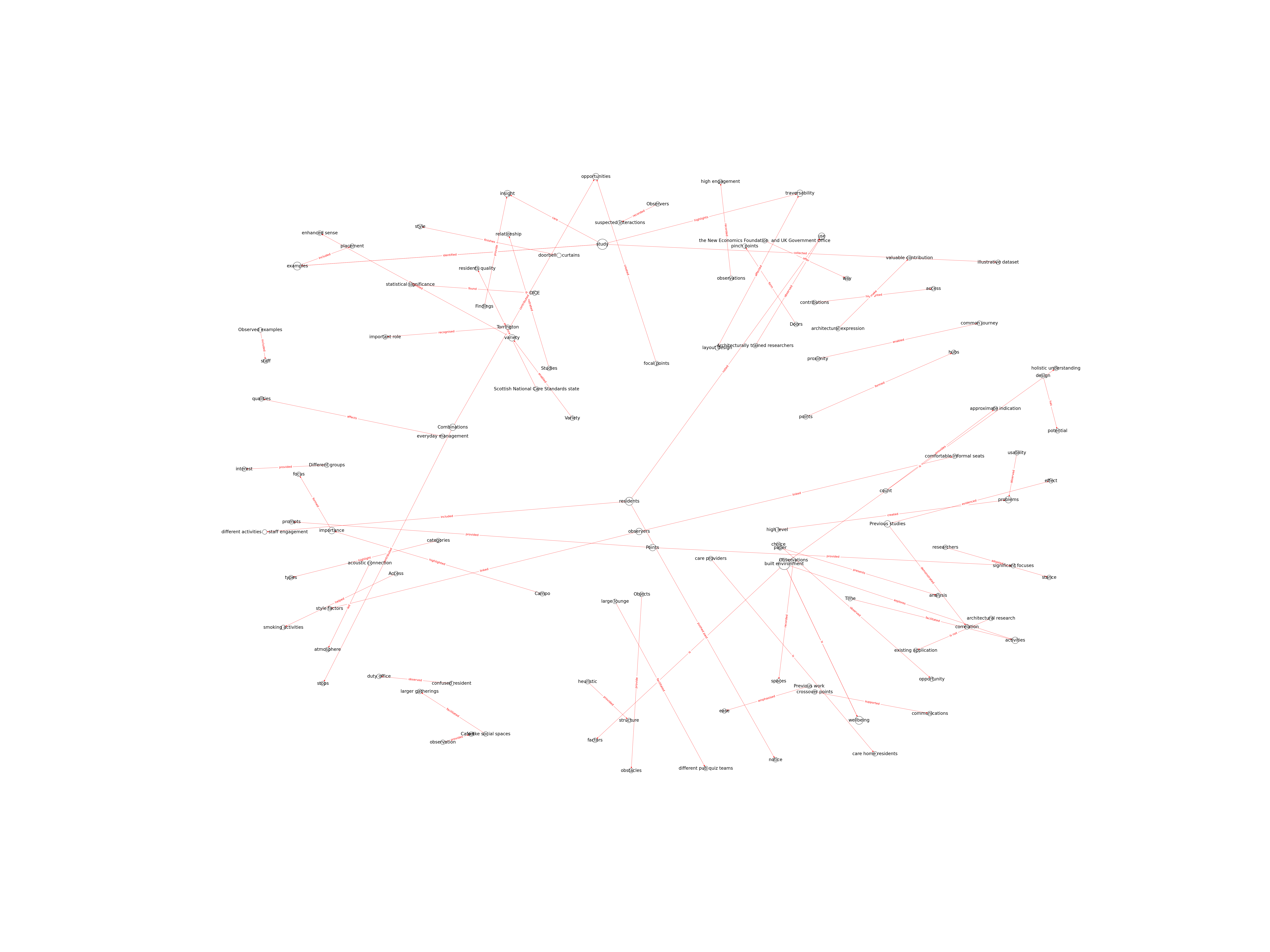| Id | 541 | |
| Author | Mc L.J., Harrison I.R. | |
| Title | The effects of built environment design on opportunities for wellbeing in care homes | |
| Reference | Mc L.J., Harrison I.R.; The effects of built environment design on opportunities for wellbeing in care homes ;Archnet-IJAR vol:11.0 issue: 1 page:138.0 |
|
| Keywords | Care homes; Ethnographic observations; Human building interactions; User study; Wellbeing |
|
| Link to article | https://www.scopus.com/inward/record.uri?eid=2-s2.0-85017602070&doi=10.26687%2farchnet-ijar.v11i1.1206&partnerID=40&md5=3bac66ce2e8114bd2ed8e4d6756e5225 |
|
| Abstract | The built environment influences the wellbeing of older people in care homes. In order to design for enablement, physical activity, and social connectivity there are lessons to be learnt from current care home buildings. Uncovering this design information is key for the future improvement of environments for older people. To the field of architecture, this paper presents an analysis of ethnographic observations (utilising an adapted form of the AEIOU heuristic) from five urban care homes in the UK. Findings provide insight into the qualities of the built environment that have impact on the activity and potential wellbeing of older residents. Five significant qualities of the built environment are identified: Spatial Legibility, Spatial Interconnectedness, Spatial Traversability, Spatial Diversity, and Spatial Aesthetics. © 2017 Archnet-IJAR, International Journal of Architectural Research. |
|
| Metodology | Technique |

Note: Due to lack of computing power, results have been previously created and saved in database


